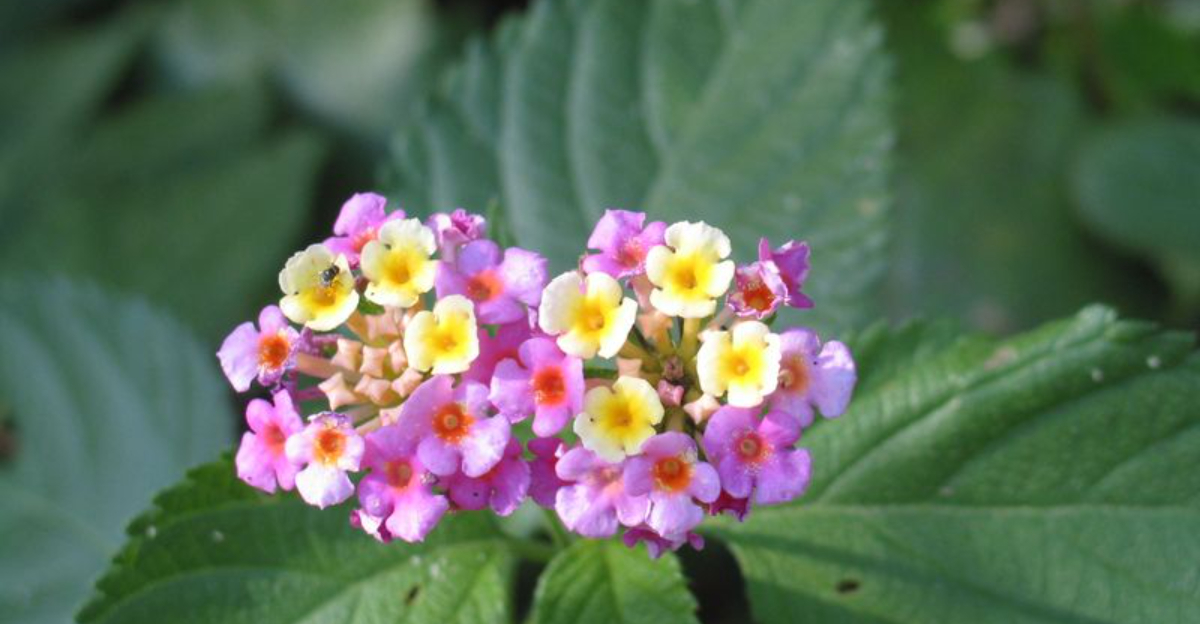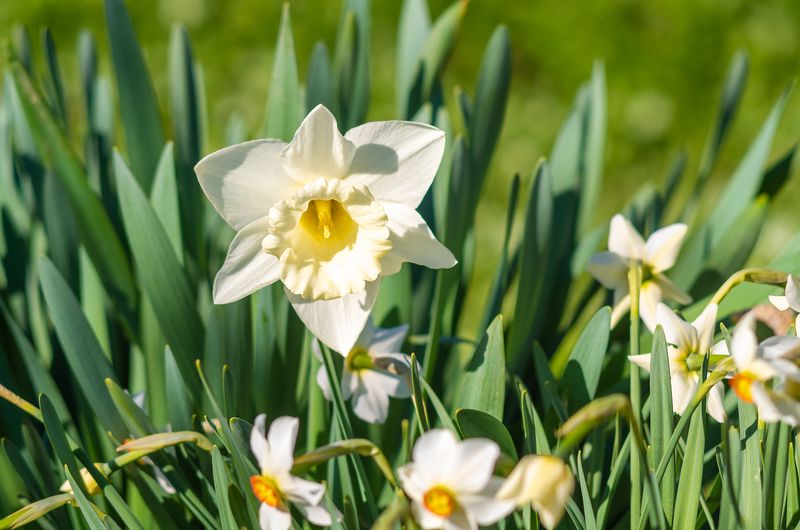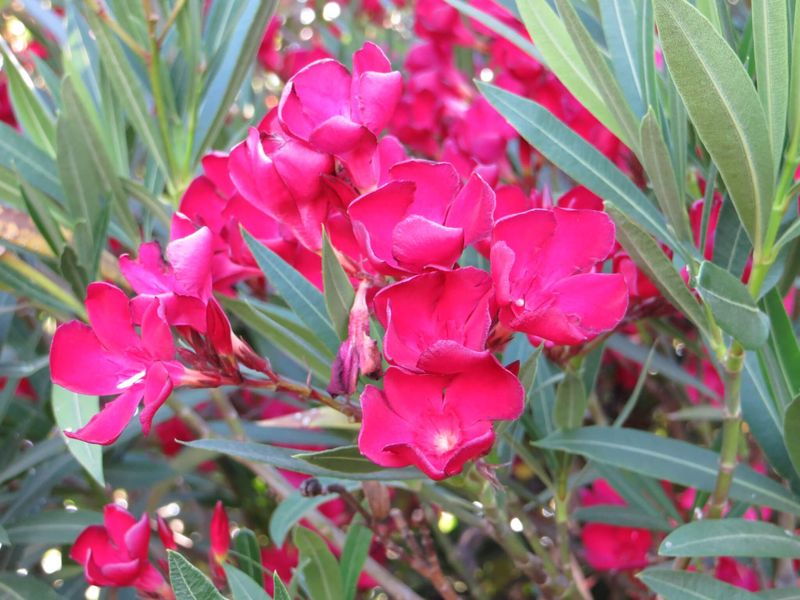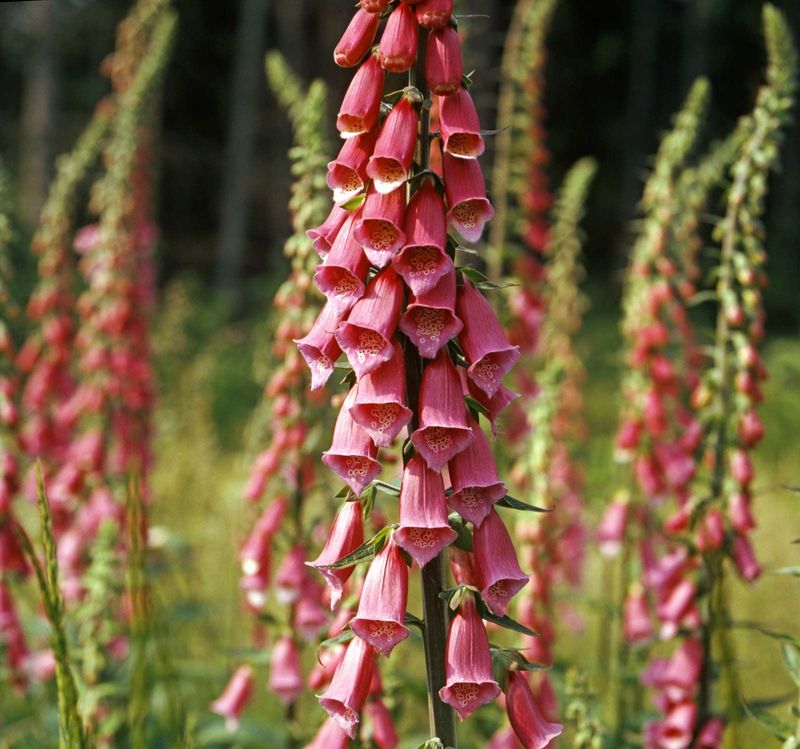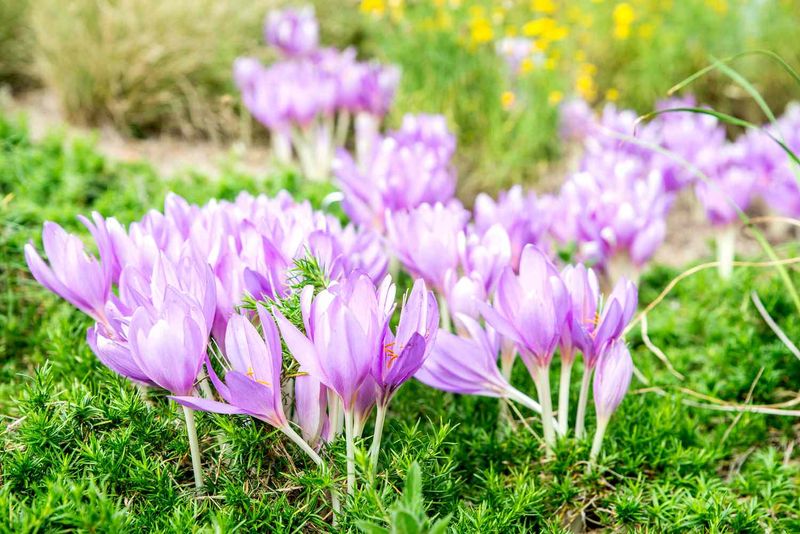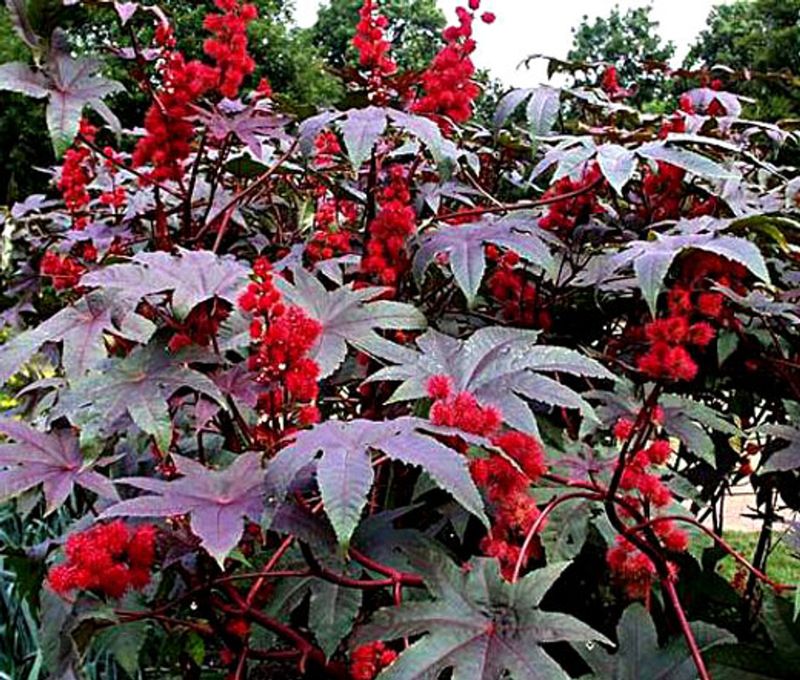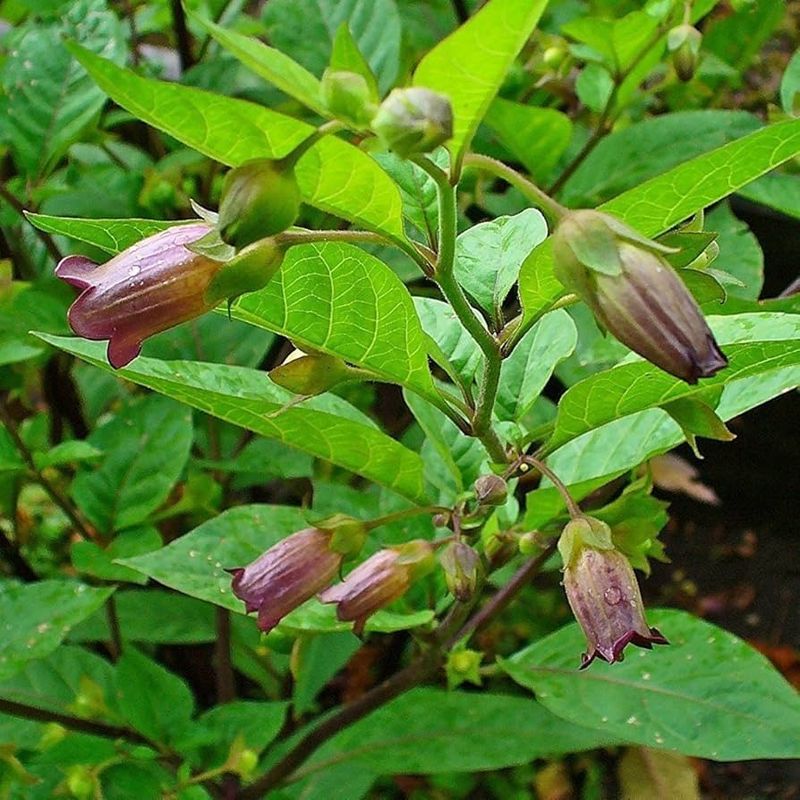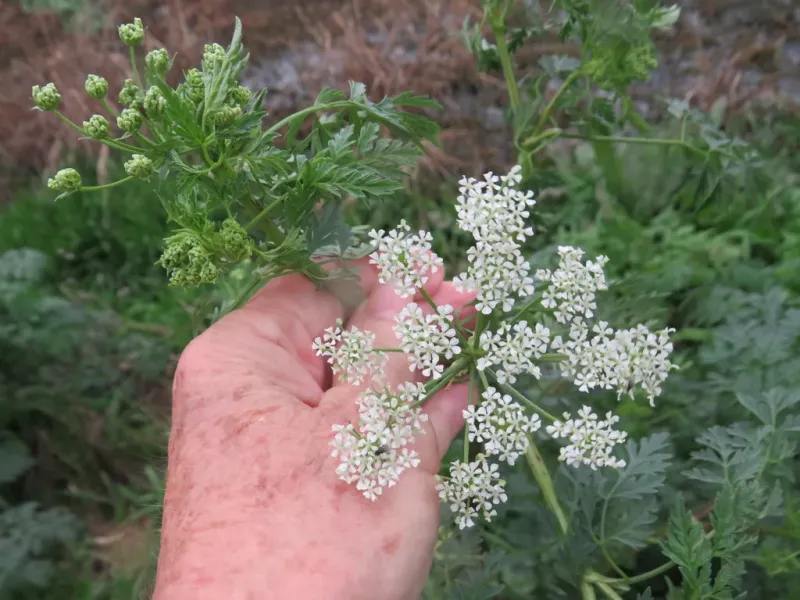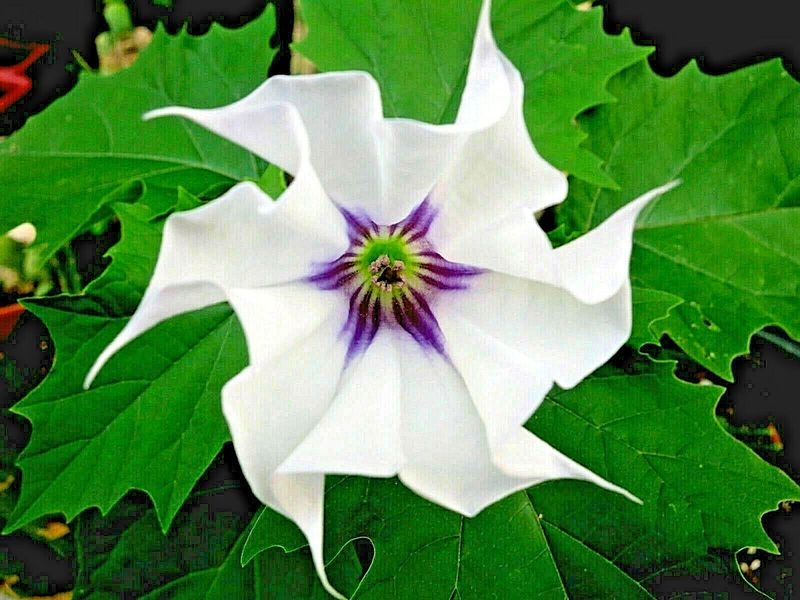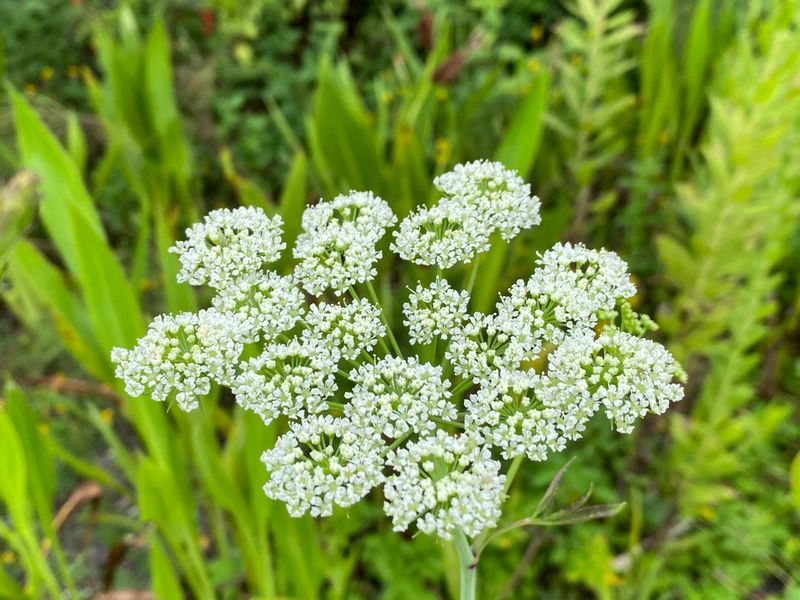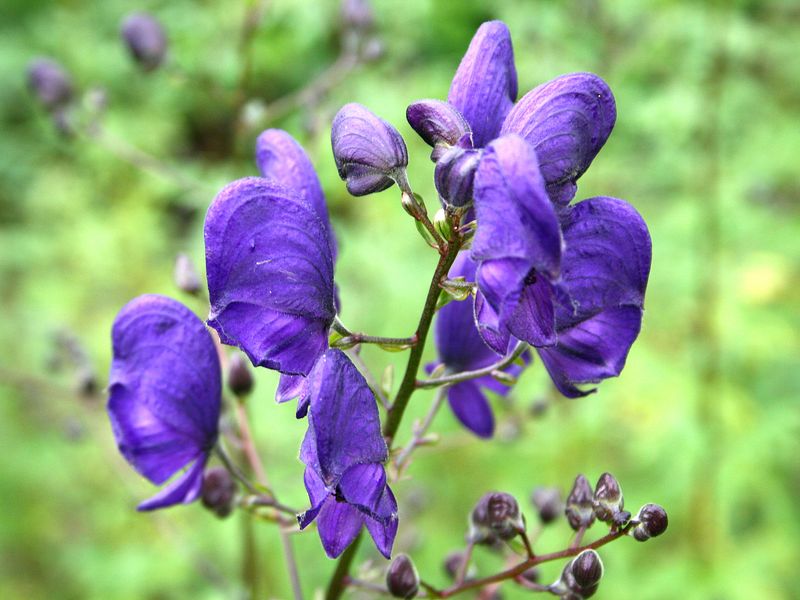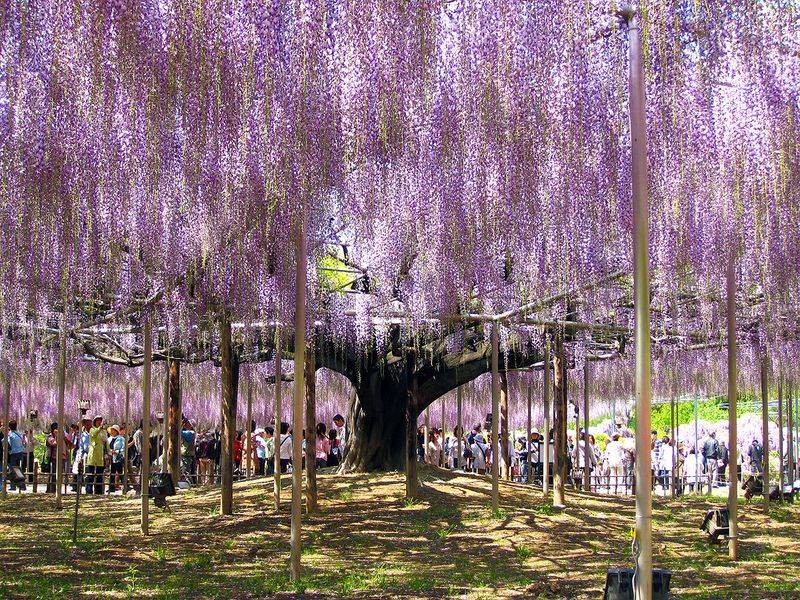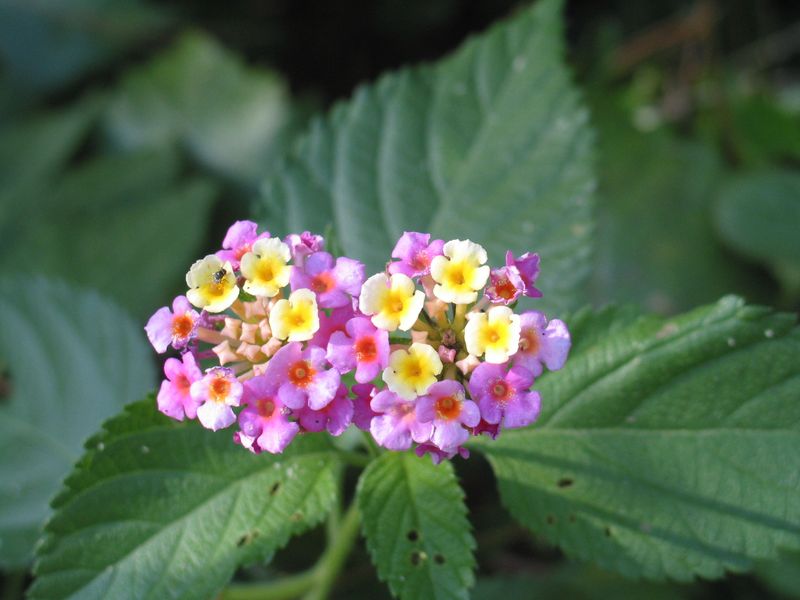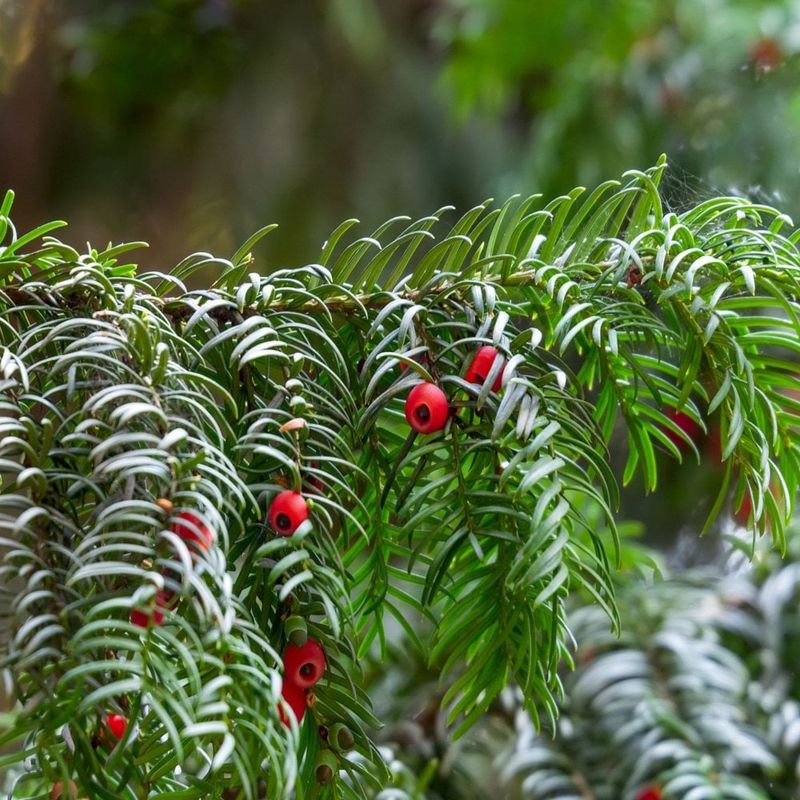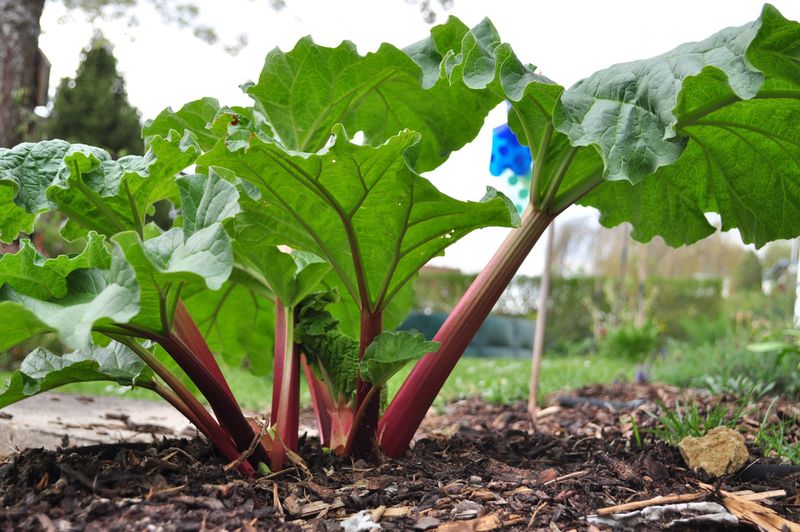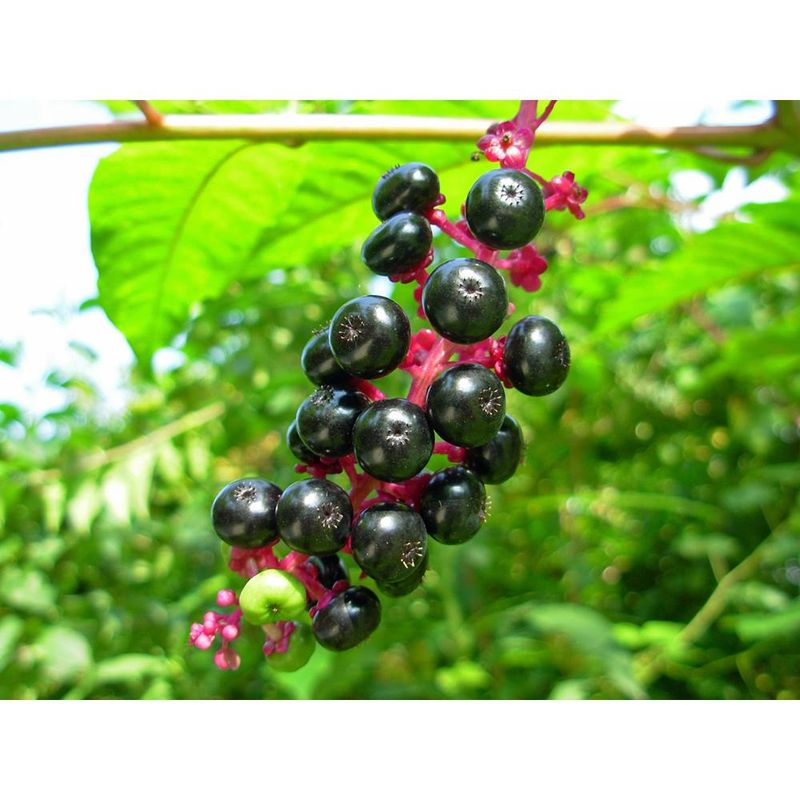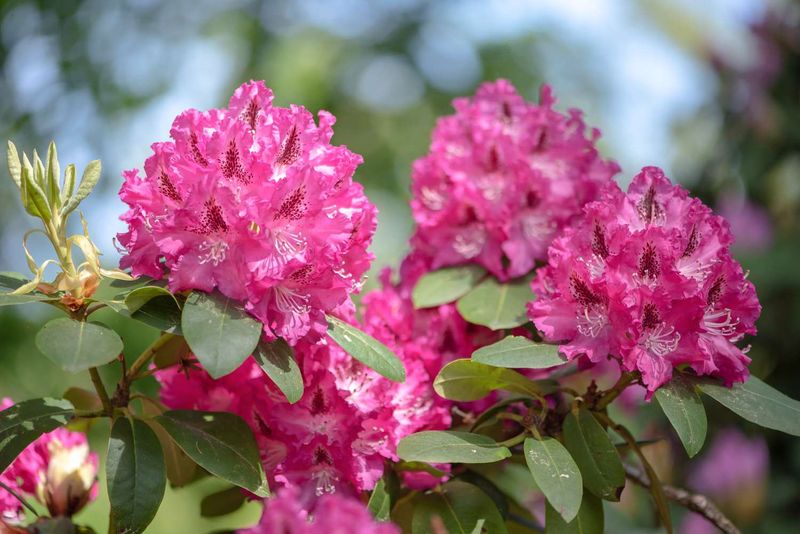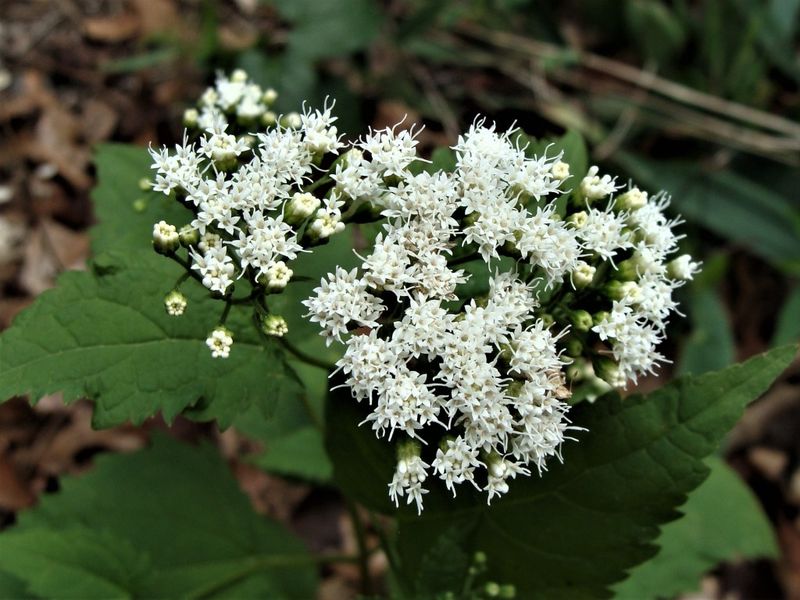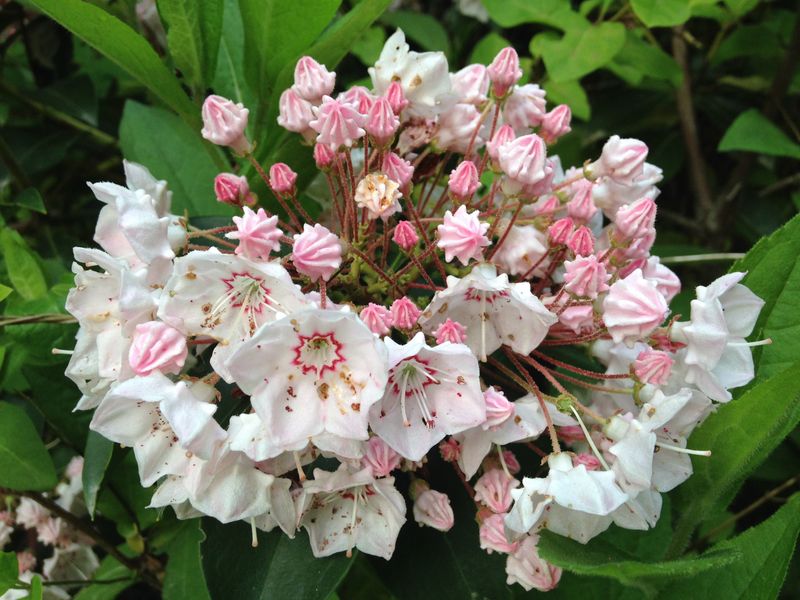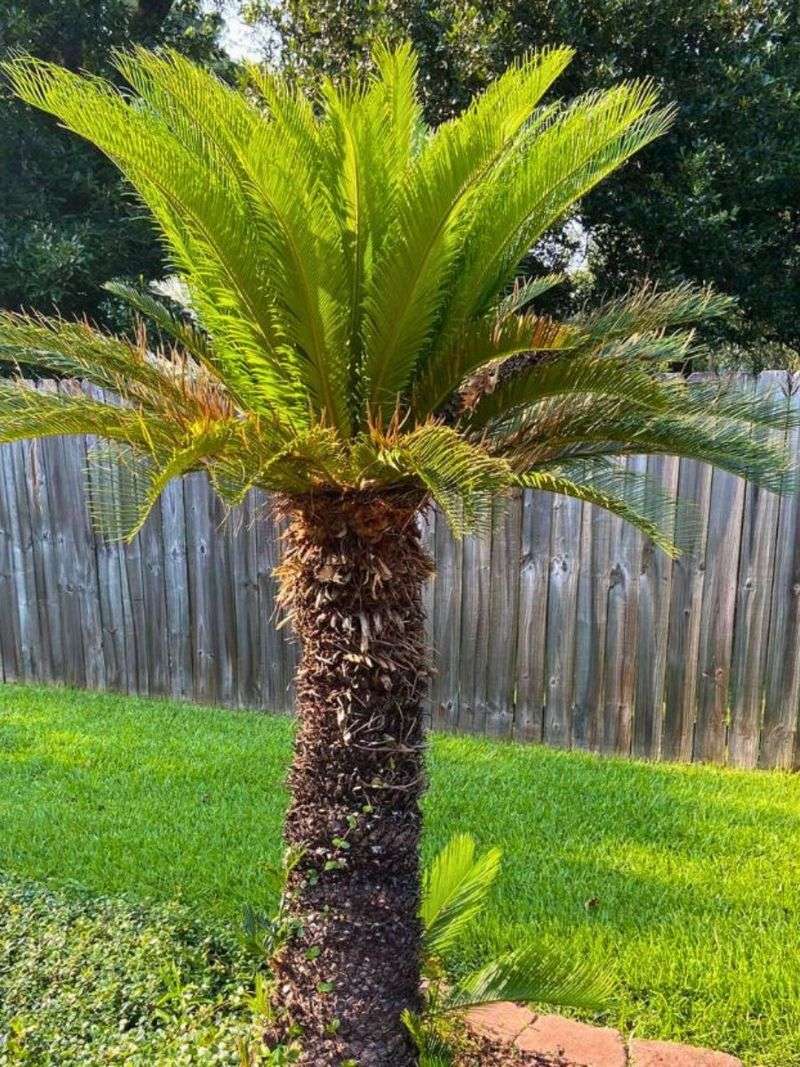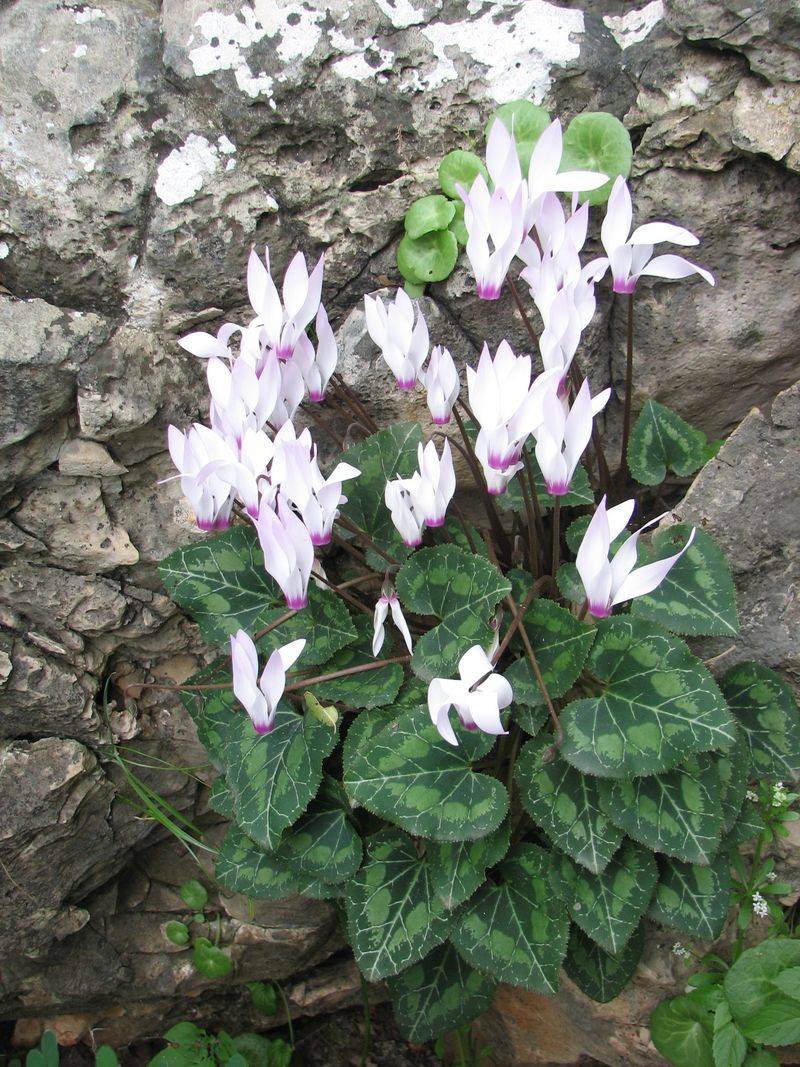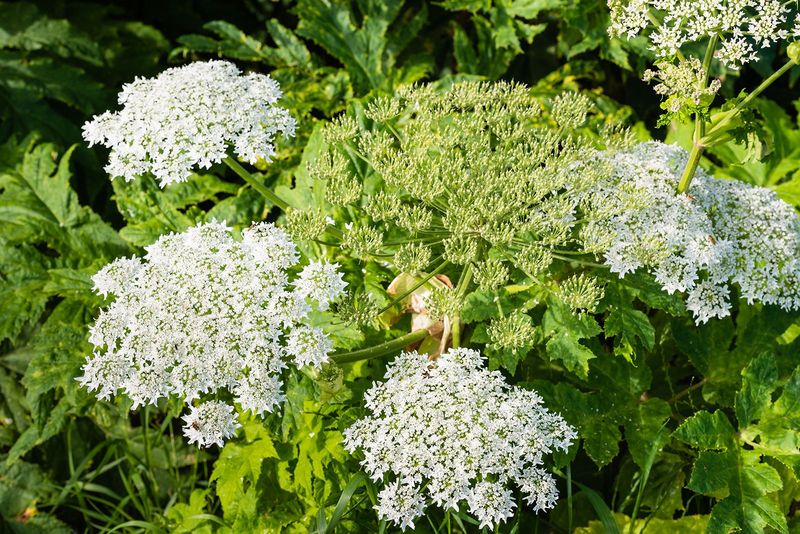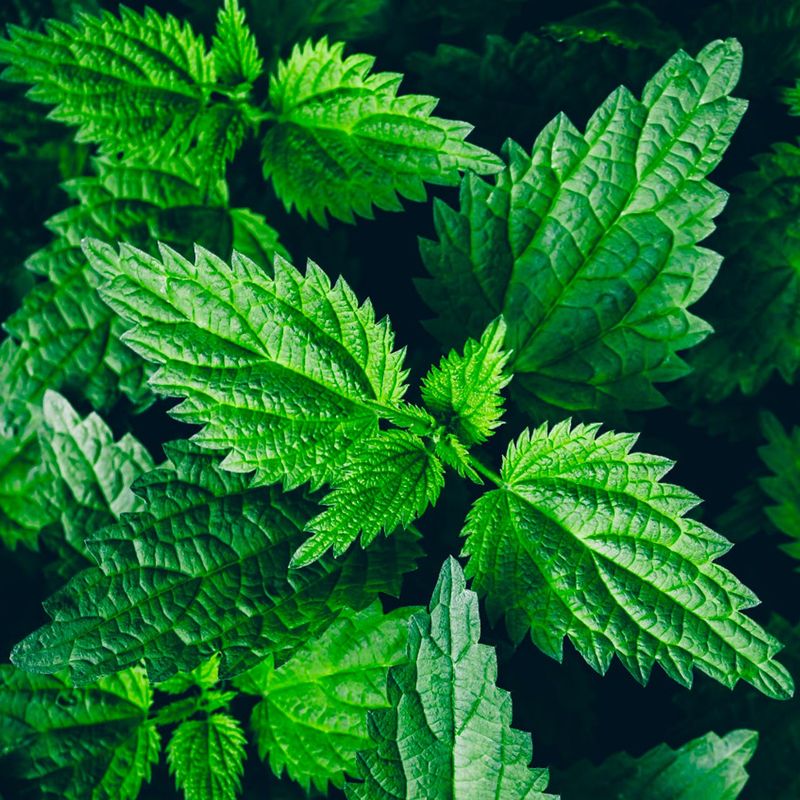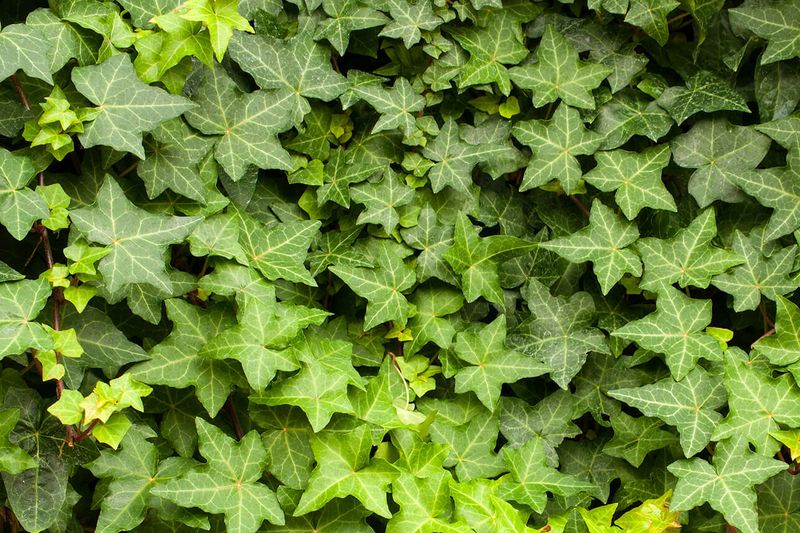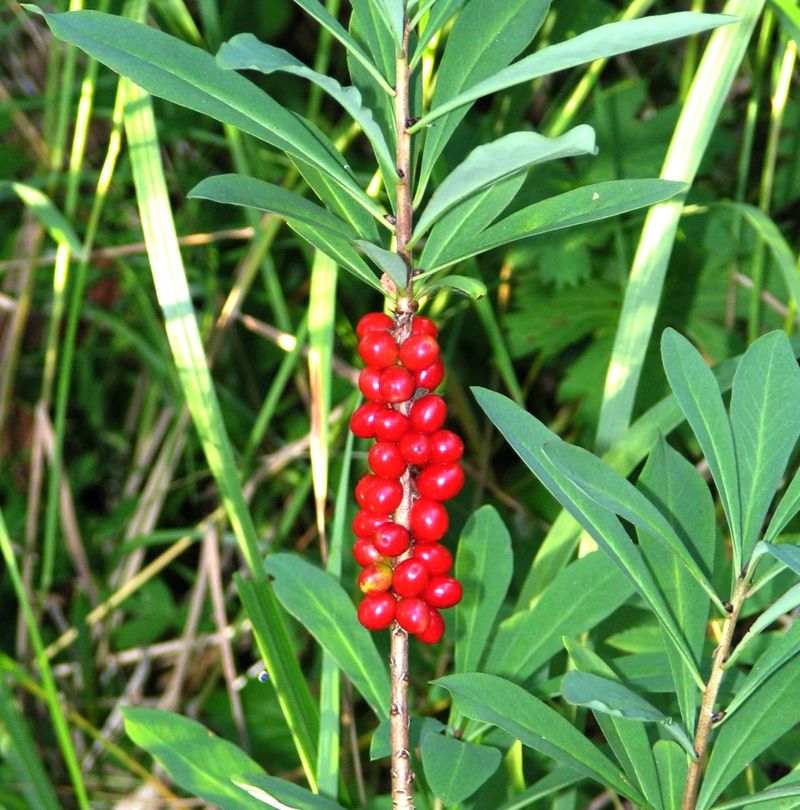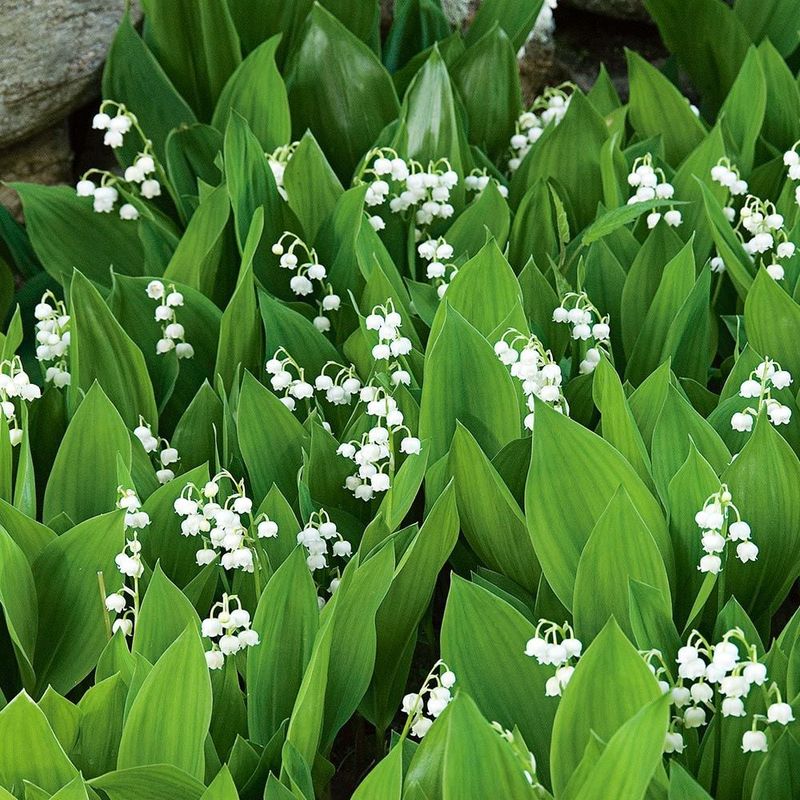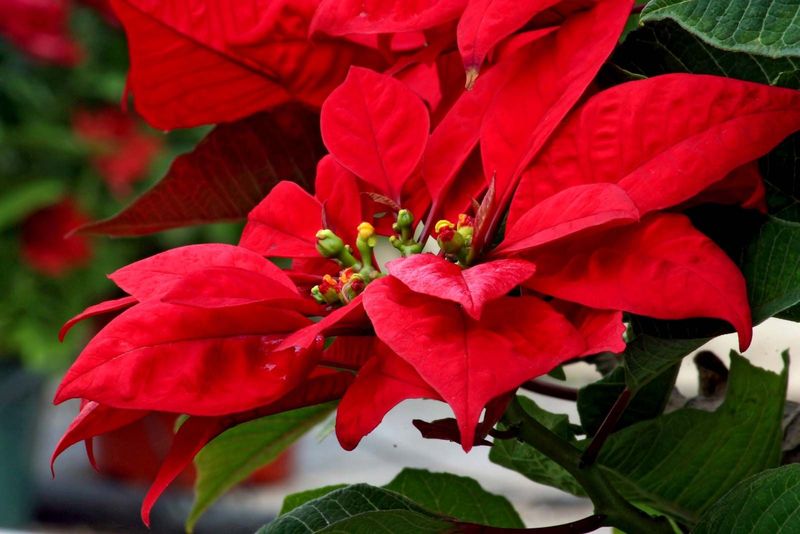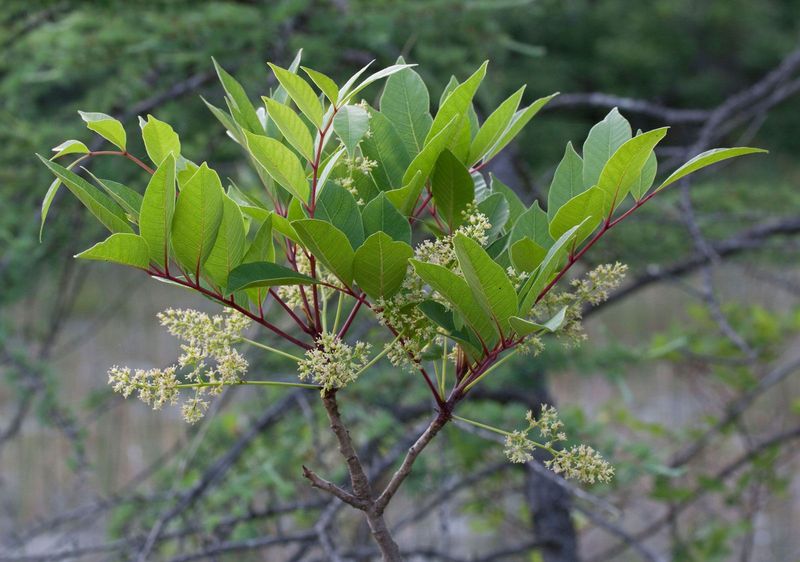Gardens are often seen as peaceful havens, filled with vibrant colors and soothing scents. However, hidden among the blooms, some plants harbor secrets that can turn your serene sanctuary into a dangerous zone.
While they may look beautiful, these plants can pose hidden risks to both humans and pets. Whether they’re toxic to touch or harmful when ingested, it’s crucial to be aware of these deceptive beauties.
This list of 30 garden plants will help you identify which ones to handle with caution and possibly reconsider for your own garden.
1. Daffodils (Narcissus spp.)
Daffodils are adored for their cheerful yellow blooms that herald the arrival of spring. However, these flowers contain lycorine, a toxic alkaloid that can cause nausea, vomiting, and diarrhea if ingested. Even the sap can be a skin irritant.
While daffodils are lovely, they are best kept out of reach of curious pets and children who might mistake them for edible plants.
Despite their beauty, planting them requires careful consideration to ensure they are placed where accidental ingestion is unlikely. Their alluring appearance belies their potential danger, so caution is advised.
2. Oleander (Nerium oleander)
Oleander is a highly toxic plant often used in landscaping due to its beautiful flowers and evergreen nature. All parts of the oleander, including its sap, contain compounds that are harmful if ingested.
Symptoms of oleander poisoning include nausea, vomiting, abdominal pain, and even heart issues. It’s particularly dangerous for children and pets, who may be attracted to its bright blooms.
If you choose to include oleander in your garden, ensure it is planted away from areas where kids and pets play. Handling this plant with gloves is also recommended to avoid skin irritation.
3. Foxglove (Digitalis purpurea)
Foxglove is cherished for its tall, striking flower spikes that are a favorite among gardeners. However, the beauty of foxglove conceals its danger. The plant contains digitalis, a compound used medicinally for heart conditions, but toxic in uncontrolled doses.
Ingesting any part of the foxglove can lead to nausea, vomiting, and heart disturbances. Ensure these plants are out of reach of children and pets.
Foxglove requires careful handling and should be admired from a distance, adding a touch of wild elegance without the risk of harm to your garden space.
4. Autumn Crocus (Colchicum autumnale)
The autumn crocus blooms with delicate, lilac flowers that add a touch of elegance to gardens. However, the plant is extremely toxic due to the presence of colchicine, which can cause severe abdominal pain, vomiting, and even organ failure if ingested.
Unlike the spring-blooming crocus, autumn crocus poses significant risks. Keep it in parts of the garden where humans and pets are unlikely to encounter it.
Handling it with gloves is advisable to avoid skin irritation. Its beauty should be appreciated from afar, preventing any accidental ingestion.
5. Castor Bean (Ricinus communis)
Castor bean plants are grown for their striking foliage and unique seed pods. However, they are one of the most dangerous garden plants due to the seeds containing ricin, a highly toxic compound. Ingesting even a small amount can be fatal.
The plant’s beauty does not justify the risk it poses. If grown at all, it should be placed well out of reach of children and pets, preferably in a controlled environment.
The potential for accidental ingestion makes it a questionable choice for any garden that is accessed by people or animals.
6. Belladonna (Atropa belladonna)
Belladonna, also known as deadly nightshade, is notorious for its dark, enticing berries and lush foliage. All parts of the plant, especially the berries and roots, contain toxic alkaloids.
Ingestion can lead to dilated pupils, sensitivity to light, dry mouth, and even death in severe cases. Historically used in cosmetics and medicine, its name reflects its dual nature as both beautiful and lethal.
Planting belladonna requires extreme caution, ensuring it’s well-separated from areas frequented by children and pets. Admire its mysterious allure from a safe distance to avoid its hidden dangers.
7. Poison Hemlock (Conium maculatum)
Poison hemlock is a highly toxic biennial plant that has gained notoriety throughout history. Its white, umbrella-like flower clusters and fern-like leaves might resemble harmless plants, but they conceal potent toxins. Ingestion can lead to respiratory failure and death.
It’s crucial to distinguish poison hemlock from similar-looking plants like wild carrot. Avoid handling or ingesting any part of it.
If found in your garden, professional removal is advised. This plant’s deceptive appearance can be hazardous, making awareness and proper identification essential for safety.
8. Jimson Weed (Datura stramonium)
Jimson weed is a robust, invasive plant known for its large, trumpet-shaped flowers. Despite its beauty, it contains toxic tropane alkaloids. Ingestion can cause hallucinations, delirium, and even death. Its seeds and leaves are particularly dangerous.
Historically used in shamanic rituals, Jimson weed holds a notorious reputation. Cultivation is often discouraged due to its invasive nature and high toxicity.
If present, it should be handled with gloves, and any accidental growth should be controlled immediately. Its alluring appearance is best appreciated with extreme caution.
9. Water Hemlock (Cicuta maculata)
Water hemlock is often considered the most toxic plant in North America. Its appearance, similar to that of edible plants like wild parsnip, is misleading. All parts are lethal if ingested, especially the roots.
Symptoms of poisoning include violent convulsions and death. Found near water sources, it poses a significant risk to those unaware of its danger.
Proper identification is crucial to avoid accidental ingestion or handling. Its deadly potential makes it a plant to be observed with caution, underscoring the importance of knowing your garden’s flora.
10. Monkshood (Aconitum napellus)
Monkshood, or wolfsbane, is known for its beautiful, hooded blue flowers. Despite its allure, all parts of the plant contain aconitine, a potent toxin. Ingesting even small amounts can cause heart arrhythmias and paralysis.
Historically used as a poison and in medicine, its cultivation demands respect and caution. Wear gloves when handling, and plant it away from areas where children and pets play.
Appreciating monkshood requires a respect for its lethal potential, making it a plant best enjoyed from a safe distance in any garden.
11. Angel’s Trumpet (Brugmansia spp.)
Angel’s trumpet is a captivating plant with its large, pendulous flowers that emit a sweet fragrance. However, all parts of the plant are toxic, containing alkaloids that can cause hallucinations, paralysis, and even death.
Often grown in tropical and subtropical gardens, it requires careful placement away from curious children and pets. While its exotic appearance can enhance garden aesthetics, the risk it poses should not be underestimated.
Handling with gloves and ensuring it’s out of reach can help mitigate potential dangers, allowing you to enjoy its beauty safely.
12. Wisteria (toxic seeds and pods)
Wisteria vines are admired for their stunning, cascading flowers. However, the seeds and pods contain toxic substances that can cause nausea, vomiting, and diarrhea if ingested.
While the flowers are mesmerizing, care should be taken to prevent children and pets from accessing the seeds. Pruning and proper garden placement can help manage this risk.
Wisteria’s charm adds elegance to any landscape, but its potential for harm requires gardeners to be mindful of its placement and maintenance to ensure safety for all.
13. Lantana (Lantana camara)
Lantana is a popular garden plant known for its bright, multi-colored flower clusters. Despite its decorative appeal, lantana is toxic, particularly its unripe berries, which can cause vomiting, diarrhea, and even liver failure if ingested.
It is essential to keep this plant away from areas where children and pets play. Regular pruning of mature berries can reduce the risk, making it a safer addition to your garden.
While lantana offers vibrant color, it demands careful consideration and maintenance to ensure it doesn’t pose a hidden danger in your garden.
14. English Yew (Taxus baccata)
The English yew is a classic garden tree, often used in hedges and topiary. However, all parts, except the flesh of the berries, contain toxic compounds. Ingestion can lead to dizziness, dry mouth, and even heart failure.
Though its evergreen foliage is attractive, it’s crucial to prevent animals and people from consuming its seeds or foliage. If you have pets or small children, consider alternative plants.
The English yew’s historical and aesthetic value is undeniable, but awareness and careful placement are key to reducing its inherent risks.
15. Rhubarb Leaves (Rheum rhabarbarum)
Rhubarb is a beloved garden staple, primarily grown for its edible stalks used in desserts. However, its leaves contain oxalic acid and anthraquinone glycosides, which are toxic if ingested. Symptoms include nausea, vomiting, and difficulty breathing.
When harvesting rhubarb, always remove and discard the leaves, as they pose a significant health risk. Educating children about the difference between the safe stalks and harmful leaves can prevent accidental ingestion.
While rhubarb is a delicious addition to any garden, understanding and respecting its dual nature ensures safe consumption and enjoyment.
16. Black Nightshade (Solanum nigrum)
Black nightshade is often mistaken for its edible relatives, but it contains toxic alkaloids, particularly in its unripe berries. Ingestion can lead to nausea, vomiting, and even respiratory issues.
Its small, shiny berries might attract children and pets, making it crucial to control its growth in accessible areas. Proper identification and understanding of black nightshade’s risks are essential for safe gardening.
While it may grow naturally in some areas, ensuring it doesn’t become a hidden menace in your garden protects both humans and wildlife.
17. Pokeweed (Phytolacca americana)
Pokeweed is a perennial plant recognized for its large leaves and dark purplish berries. Despite its historical use in food and medicine, all parts of the plant are toxic. Ingestion can cause nausea, vomiting, and respiratory distress.
The berries, particularly attractive to children, pose a significant risk. Careful management and removal of pokeweed in populated areas are essential to prevent accidental poisonings.
While it holds a certain wild beauty, its presence in gardens should be minimized to ensure safety for both humans and pets. Proper handling and awareness are key.
18. Rhododendron (Rhododendron spp.)
Rhododendrons are popular ornamental plants known for their vibrant flowers. However, they contain grayanotoxins, which can cause vomiting, difficulty breathing, and even heart problems if ingested.
All parts of the plant are toxic, making them a potential hazard in gardens frequented by children and pets. Planting them requires thoughtful placement and education about their risks.
Although their stunning blooms add color to gardens, the hidden danger they pose means they should be enjoyed with an understanding of their toxic nature and a commitment to safety.
19. White Snakeroot (Ageratina altissima)
White snakeroot is a perennial plant that contains a toxin called tremetol. When ingested by livestock, it can lead to milk sickness in humans who consume the milk. Symptoms include nausea, vomiting, and liver damage.
Historically notorious for causing fatalities, it highlights the importance of careful plant management in areas with grazing animals. Identification and removal of white snakeroot from gardens and pastures are crucial.
Its unassuming appearance belies its deadly potential, necessitating awareness and action to prevent its harmful effects on both animals and humans.
20. Mountain Laurel (Kalmia latifolia)
Mountain laurel is cherished for its beautiful blooms and evergreen leaves, yet it hides a toxic secret. All parts of the plant contain grayanotoxins, which can lead to severe gastrointestinal distress if ingested. This makes them hazardous for pets and livestock.
Additionally, mountain laurels are known to thrive in acidic soils, which can alter the soil composition for other plants in your garden. To counteract this, regular soil testing and amendments may be necessary to maintain a neutral pH balance.
Placement away from grazing areas and regular maintenance can help mitigate the risks associated with this plant.
21. Sago Palm (Cycas revoluta)
Sago palm is a popular plant for its exotic appearance and hardy nature. However, it contains cycasin, a toxin that can cause liver failure in pets if ingested. All parts of the plant are toxic, with the seeds being the most dangerous.
Caution is advised when planting in homes with pets. Regular monitoring and removing fallen seeds can reduce risks, allowing you to enjoy its beauty safely.
While sago palms add a touch of the tropics to any garden, their potential danger requires responsible handling and placement to protect beloved pets.
22. Cyclamen (Cyclamen persicum)
Cyclamen is a beloved houseplant known for its vibrant flowers and heart-shaped leaves. However, it contains saponins, especially in its tubers, which can cause vomiting and diarrhea if ingested.
To minimize risk, it’s best kept out of reach of pets and small children. Its captivating appearance is a delight, but awareness of its toxic components is necessary for safe cultivation.
Providing education on safe plant handling can ensure that cyclamen remains a colorful, yet safe, addition to any home or garden space, enhancing beauty without unwanted accidents.
23. Giant Hogweed (Heracleum mantegazzianum)
Giant hogweed is a striking plant known for its towering height and large flowers. However, its sap contains furanocoumarins, which can cause severe skin burns and blisters when exposed to sunlight.
It’s essential to wear protective clothing when handling or removing it, as it poses a significant hazard not just to gardeners but also to wildlife. Its invasive nature requires diligent management to prevent spreading.
While its appearance is dramatic, the risks associated with giant hogweed mean it is best admired with caution and handled with care.
24. Stinging Nettle (Urtica dioica)
Stinging nettle is a plant recognized for its tiny stinging hairs that release irritating chemicals upon contact, causing itching and discomfort. Despite this, nettle has various culinary and medicinal uses when processed safely.
Handling without gloves can lead to unpleasant skin reactions, so protection is advised. Awareness and proper identification can prevent accidental contact.
While it holds utility in some contexts, its defensive mechanism is a reminder to approach stinging nettle with caution to avoid its painful sting while appreciating its benefits.
25. English Ivy (Hedera helix)
English ivy is a popular climbing plant appreciated for its lush, evergreen appearance. However, its leaves and berries contain saponins, which can cause skin irritation and vomiting if ingested.
Its invasive nature means it can overrun garden areas if not controlled. To ensure safety, manage its growth and educate those around you about its potential hazards.
Though it adds elegance to gardens and buildings, understanding its invasive and toxic nature is crucial for maintaining both beauty and safety in your gardening endeavors.
26. Daphne (Daphne mezereum)
Daphne is a shrub known for its fragrant flowers and attractive berries. However, all parts of the plant are toxic, especially the berries, which can cause nausea, abdominal pain, and even coma if ingested.
It’s crucial to plant daphne away from areas where children and pets might be tempted to sample its berries. While its scent and beauty are appealing, ensuring it’s appreciated from a distance can prevent accidental poisonings.
Awareness and careful garden planning allow you to enjoy daphne’s allure without risking health concerns.
27. Lily of the Valley (Convallaria majalis)
Lily of the valley is cherished for its delicate, bell-shaped flowers and sweet fragrance. However, all parts contain cardiac glycosides, which are toxic if ingested. Symptoms include nausea, vomiting, and heart irregularities.
Caution is advised, especially in gardens where children and pets play. Education about its risks and planting in less accessible areas can mitigate potential dangers.
While its graceful appearance enhances any garden, understanding its toxic nature ensures safe enjoyment of its beauty, making it a feature best admired with informed respect and care.
28. Poinsettia (Euphorbia pulcherrima)
Poinsettias are iconic holiday plants known for their vibrant red and green foliage. While not as toxic as often believed, ingestion can still cause mild irritation, including nausea and vomiting.
Care should be taken to place poinsettias out of reach of pets and small children, as their sap can also cause skin irritation. Understanding its minor risks helps in enjoying its festive beauty safely.
Though its association with the holiday season is strong, placing it in safe locations ensures it remains a joyful, unproblematic decoration.
29. Poison Oak (Toxicodendron diversilobum)
Poison oak is notorious for causing allergic skin reactions through its oil, urushiol. Contact can result in severe itching, redness, and blisters. Identification is key, as it resembles harmless plants.
Learning to recognize its distinctive leaf patterns can prevent unpleasant encounters. Wearing protective clothing in infested areas and avoiding touching the plant are essential precautions.
While it plays a role in local ecosystems, its presence in gardens or near human activity should be controlled to minimize the risk of allergic reactions.
30. Poison Sumac (Toxicodendron vernix)
Poison sumac is a plant that thrives in wet, swampy areas and contains urushiol oil, which can cause severe skin irritation similar to poison ivy. Symptoms include itching, redness, and blisters.
Proper identification and avoidance are crucial, as it often grows in inaccessible regions. Wearing protective clothing and recognizing its distinctive features can help prevent contact.
Though it’s part of the natural landscape, managing exposure and understanding its risks ensure that poison sumac remains a plant best observed from a safe distance in its natural habitat.
